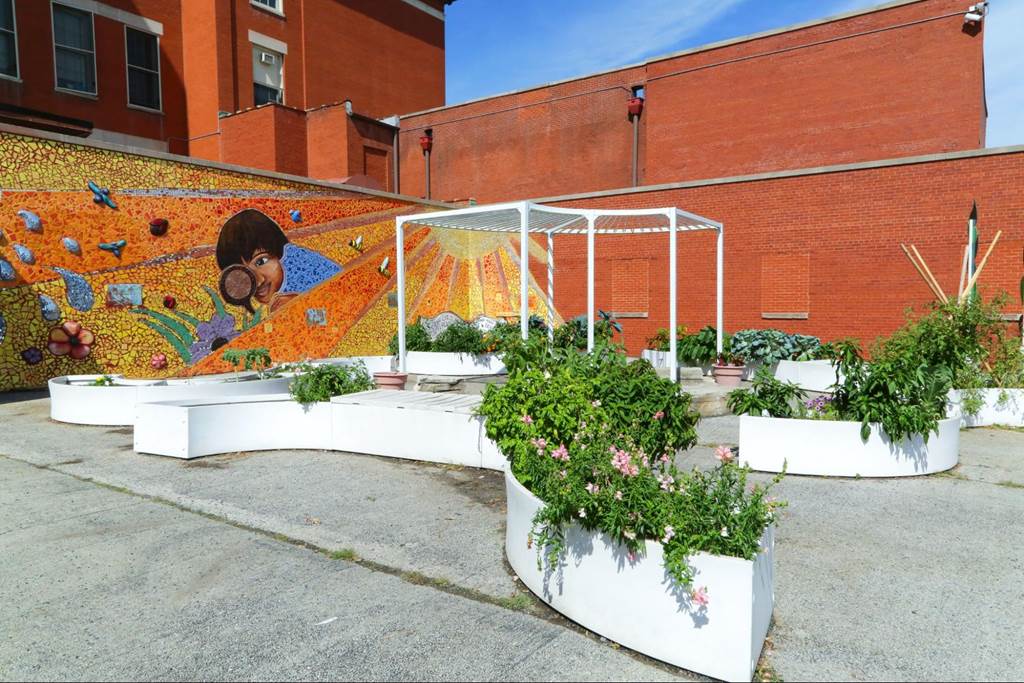-
Opportunity
Minimize the use of potable water across the district
We are working to understand current potable water consumption patterns and make district-level recommendations for water usage. CPS currently has a number of building-level recommendations such as repairing water leaks and replacing aging water infrastructure. -
Goal
Achieve waste diversion rate of 80 percent by 2030
We are committed to improving our usage of materials, reducing food waste, and making smart waste management policies easy to implement. We have focused efforts on construction and demolition, food waste, and other waste infrastructure. -
Strategy
Our plans to conserve water include:
- Evaluate LID and BMPs on construction projects
- Continue to monitor cooling tower cycle management and identify areas for improvement
- Install efficient fixtures through planned maintenance, renovations, and new construction projects
- Install submeters for water intensive uses
- Promote green infrastructure solutions at new facilities and major renovation projects
- Encourage rain gardens and vegetated school yards at existing schools
Case Study Space to Grow Program
The Space to Grow program installs new playground equipment and vegetated areas to provide both opportunities for student physical activity and stormwater management.

Case Study Space to Grow Program
The Space to Grow program installs new playground equipment and vegetated areas to provide both opportunities for student physical activity and stormwater management.
Program Details
Green Infrastructure
Green Infrastructure is a range of techniques and systems that allow water to be absorbed, rather than runoff. These techniques and systems mimic natural processes and include permeable pavement, green roofs, vegetated landscaping, and bioswales. These interventions can also mitigate the impacts of extreme heat.
Green infrastructure can be implemented at several scales, including at the district level, such as ensuring new construction has a certain percentage of open space, to small-scale building interventions such as installing rain barrels.
Green infrastructure examples:
- Permeable pavement
- Bioswales
- Cisterns
Stormwater Management
We have identified the importance of strategic stormwater management policies, from ensuring existing infrastructure is maintained or installed where needed, such as stormwater detention vaults, to researching the potential for green infrastructure solutions at sites across the CPS portfolio.
We also explore the need for best management practices (BMPs) across existing sites and new construction. CPS is investigating low-impact development (LID), a design strategy that minimizes runoff by mimicking natural processes. This type of green infrastructure, such as rain gardens and vegetated schoolyards, are encouraged at new facilities and are currently installed at existing schools through the Space to Grow program.
Water Quality Testing and Drinking Water
Our schools are regularly tested for lead from potable water sources (fountains, sinks, kitchens), and all sample results are reported to school administration and the community. We recognize the importance of safe water for our students and staff. If high levels of lead are found, fixtures are replaced or taken out of service.
Energy and Sustainability Programs
View more sustainability programs that are helping to reduce consumption of energy and increase the renewable resources used throughout the district.